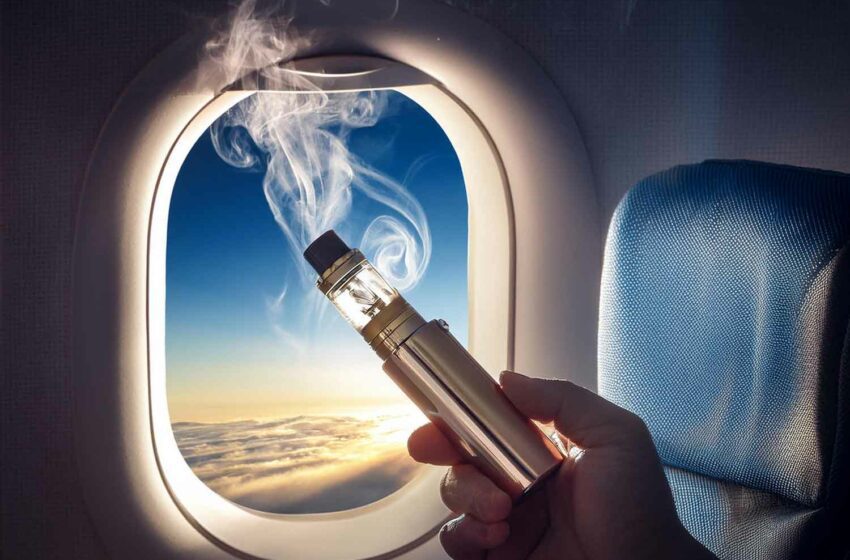The EU Commission is monitoring the use of waterpipes within member states and, under the new Tobacco Products Directive, will be able to apply stricter ingredient regulations to waterpipe tobacco should there be a substantial increase in sales of this product or in its use among young people.
This was part of an answer given by the commission in response to questions from Sergio Paolo Francesco Silvestristo, an Italian member of the European Parliament.
“The nargile, also known as the tobacco water pipe, is often thought less dangerous to smoke than cigarettes,” the MEP said in a preamble to his questions. “But a study by a Mexican university has found the opposite: that the nargile poses the same risks as any other method of consuming tobacco.
“The urine of daily nargile users was found to contain nicotine metabolite levels equivalent to those in people who smoke 10 cigarettes a day, a sufficient quantity to cause addiction. Likewise nargile use influences the development of the same tumours and breathing disorders as those caused by cigarettes, with the added risk of transmission of herpes and hepatitis C. There is also a risk of carbon monoxide poisoning, partly because the average time of use ranges from 20 to 80 minutes, a period in which a quantity of smoke equivalent to 100 cigarettes can be inhaled.”
Silvestristo then went on to ask: whether studies had been carried out in Europe on the consequences for human health of using the nargile; whether the commission held data on nargile use in member states; and whether there were campaigns to raise awareness about nargile use in Europe.
The commission replied that it was aware of the health consequences of waterpipe use as indicated in various scientific reviews and publications from health authorities, including the World Health Organization. “To ensure that consumers are aware of the health risks, all packages of waterpipe tobacco already today must carry text warnings,” it said in reply. “Studies on health effects have been carried out in particular in middle-East countries where the use of waterpipes has a long tradition. However, a rise in waterpipe use has also been observed in European countries including an increasing use among young people.
“This is why the revised Tobacco Products Directive which will enter into force in May has stronger provisions for these products, including the mandatory use of large pictorial health warnings on packages and the possibility for a stricter ingredient regulation if there is a substantial increase in the sale of waterpipe tobacco or in its prevalence among young people.
“To monitor the use of waterpipes in the EU, the Commission included a question on this issue in the latest Eurobarometer survey on tobacco (2012). Furthermore, the revised Tobacco Products Directive foresees that the Commission reports on market developments and consumer preferences on waterpipe tobacco and its flavours within five years following transposition.
“While the Commission encourages Member States to inform consumers about the harmful effect of all tobacco products, it does not plan a targeted information campaign on waterpipes.”











